Top 5 Must-Know Mountain Bike Technologies

Weekends are the time to relax. You can read books and watch dramas at home so as to expand your experience and relax your mood; you can also choose to go out to go camping and exercise. In recent years, as a low-carbon, environmentally friendly and healthy way of exercise, cycling is gradually being favored by everyone. So on weekends you can meet a lot of cyclists and you can join them. Bicycles are mainly divided into mountain bikes, road bikes, and folding bikes. Mountain bikes are the most widely used. They belong to all-round bikes and have no requirements for road conditions. In addition, they also have a good ability to overcome complex road conditions.
Numerous busy citizens take advantage of the weekend, put on cool cycling clothes, set foot on their beloved electric mountain bike, or with their families, or join a cycling team, release pressure and release their mood in speed and power. If you can't wait to get yourself a long-lasting electric mountain bike to kick off your happy and healthy outdoor weekend. Shengmilo MX03 mountain bike is more than enough to get the job done, with a 48V,17AH lithium battery and the best of 1000W Special motor, even if you go to a park or a mountain far away, you can ride to your destination with confidence. However, you must know the common sense of outdoor bicycle riding. All the actions of mountain bikes when riding on the forest road are based on five core technologies. In summary, these five core technologies are power, balance, braking, steering and pedaling.
Balance Of Core Technologies
- Ride while standing
The center of gravity of the body is placed in the middle of the two rounds. Move your butt off the saddle and back your body for the impact of the road.
- Crouching Tiger
When you go through rough roads, Shimano 7-speed transmission system provides 1-7 gears to help you when riding in such conditions, you'd better lower your body to give your arms and legs more room for elastic expansion, Riding a mountain bike in this way reduces the bumps on the road. E-bikes not only hit obstacles, but also drop or tilt up and down anywhere. It is necessary to maintain contact with the ground at all times, and crouching on the bicycle is the only way to keep the wheels on the ground.
Observation Power Of Core Technology
- Look forward to the route you want to take
I'll give you a piece of advice: you have to focus on the route you're going to take, and looking forward to the direction of the fat tire is the key. Actually, the fat tire is for improved grip and super shock absorption. When you're looking at something else while you're riding, the tilt of your head throws you off balance and the whole person drifts in that direction.
- Move your sight away to where you can stop
Here’s some advice that may help you. You can not but to keep your eyes on the brakes where you can take advantage of the half-twist throttle, which helps prevent accidental activation and protects you from accidental injury. The distance to stop so you can stop in time before you hit an insurmountable obstacle. The principle that should be followed is to look farther when going downhill at high speed; when the speed is slow, the distance of looking forward can be shortened.
Stampede on core technology
- Keep pedaling
You are supposed to properly control the electric mode and power-assist mode according to the 1~5 speed levels displayed on the M5 smart display screen of the electric mountain bike. Shift to maintain the pedaling force in your desired output zone, and change to a lighter gear when facing steep slopes,moreover change to a heavier gear on flat roads or downhill sections until the pedaling force is in your output zone.
- Continuously changing gears
You have to keep shifting gears to suit your pedaling intensity, and on technical trails, you may need to shift gears every 10 seconds. When you see an obstacle ahead or the road slowing you down, perhaps a sudden uphill, a few rocks, or a tight turn, you'll need to shift to a lighter gear before you can pedal through it easily.
The Turn Of Core Technology
- Tips for entering a corner
For a bike to turn, it's not just about turning your handlebars in the direction of the corner, but you also have to lean into the inside of the corner to make the turn. Sharp turns require a lower stance, giving you more room to adjust the degree of steering and control the angle of lean, and the faster you ride, the lower your stance.
2. Cut into the corner
At this point, the body is slightly off the saddle, and the weight is placed on the outside foot of the curve. The butt off the saddle helps absorb the roughness of the terrain, your legs and arms are the best front and center dual shock absorbers, the shock absorbers after the bike's spring damping filter the rough road and provide strong braking power , improve ride quality. Cornering requires precise balance, so don't leave your body on the saddle to avoid terrain changes.
The Core Technology Of The Brake
Ensure to keep at least one finger on the brake lever while riding to be ready to brake at all times. Adjust the position and spacing of the brake lever so that your fingers can land on the bend at the end of the brake lever. Upper arm, wrist and fingers in line.
- Brake balance
Balanced braking means applying the right amount of force to slow the bike without stopping the wheels or causing the bicycle to spin. When riding on a flat road, the configuration of the front and rear braking forces should be 70% for the front wheels and 30% for the rear wheels. But in an emergency, once the braking force is increased, this ratio should be adjusted to 100% for the front wheels and 0% for the rear wheels.
- Brake posture
The butt is lifted off the saddle and moved back, the upper body is lowered against the frame, and the arms are bent to remain elastic to absorb the force of the impact.
- The timing of braking
The pounding from obstacles combined with the pounding from the brakes is sure to overwhelm you, so when you're leaning down the stairs, be sure to release the brakes to avoid throwing your center of gravity too far forward.
All in all, to ride a bike well, a very important principle is to maintain balance no matter how the mountain bicycle is tilted up or down, or after hitting an obstacle.

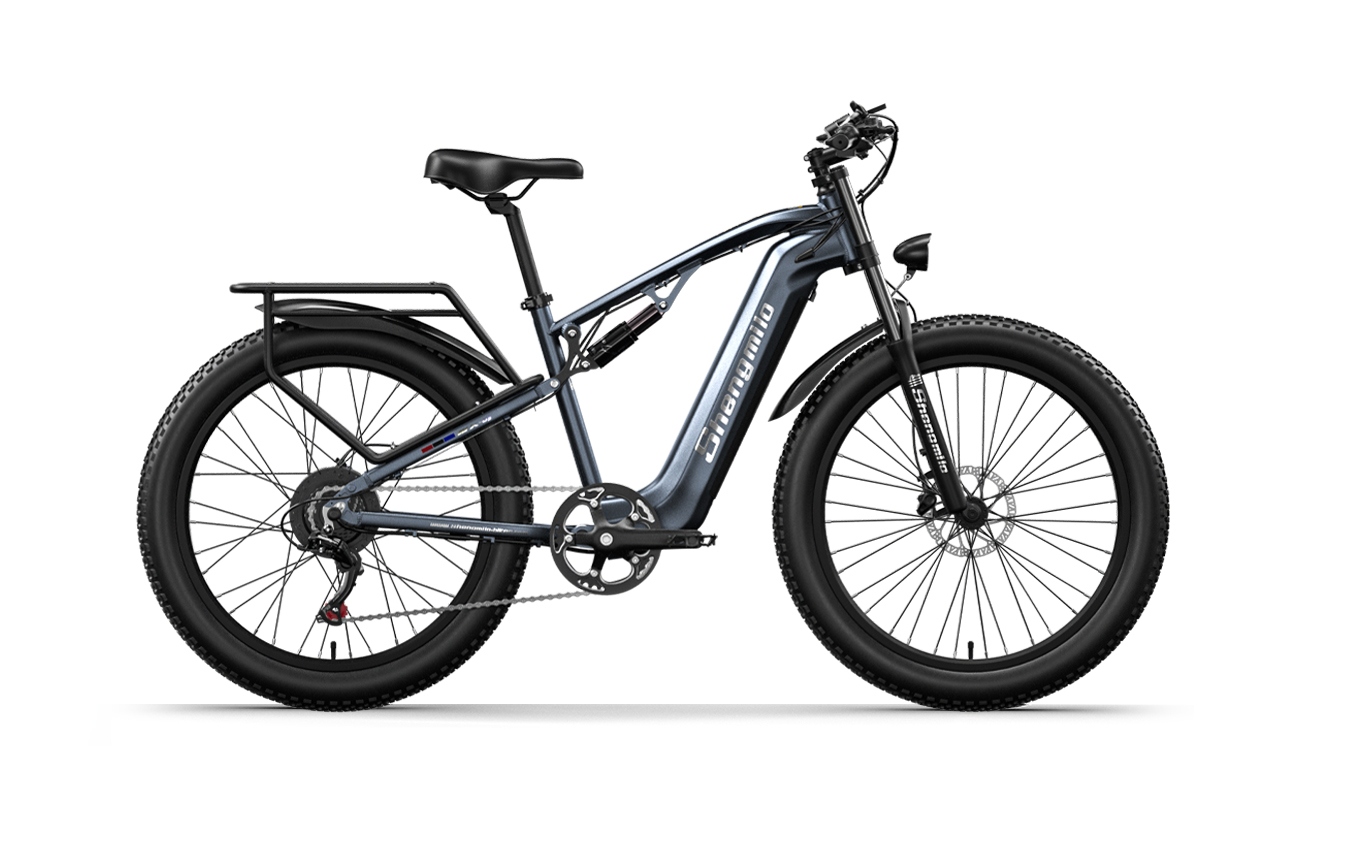
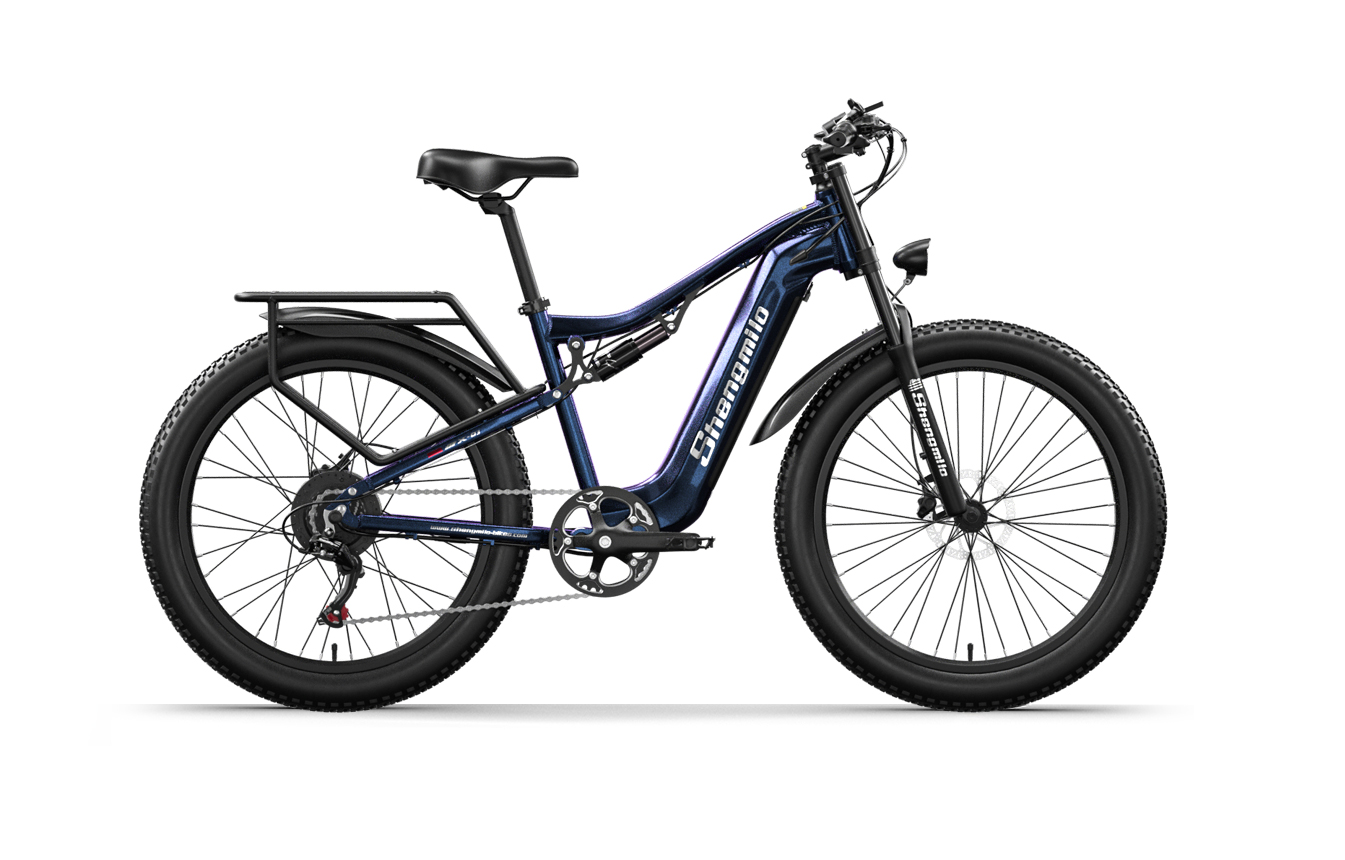
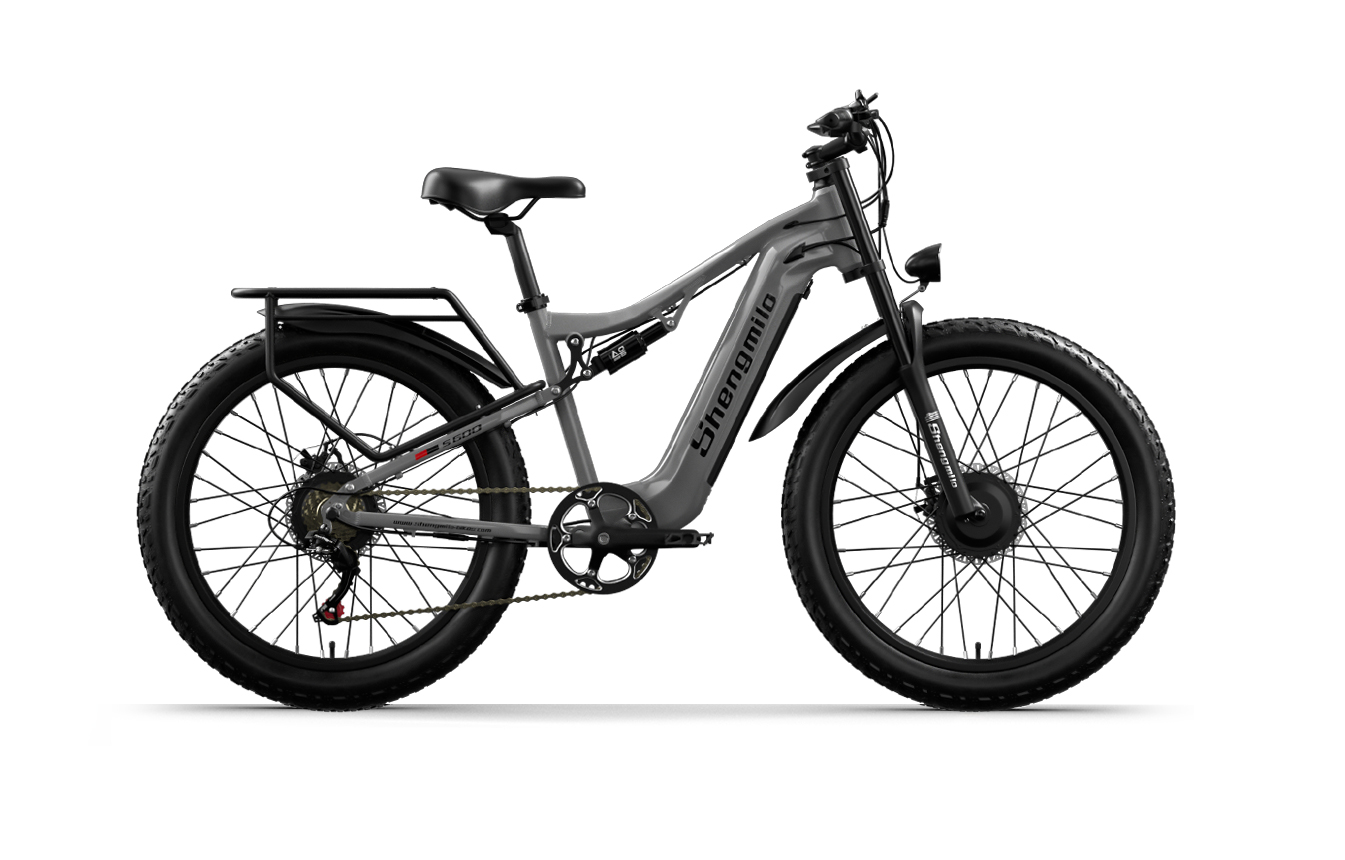

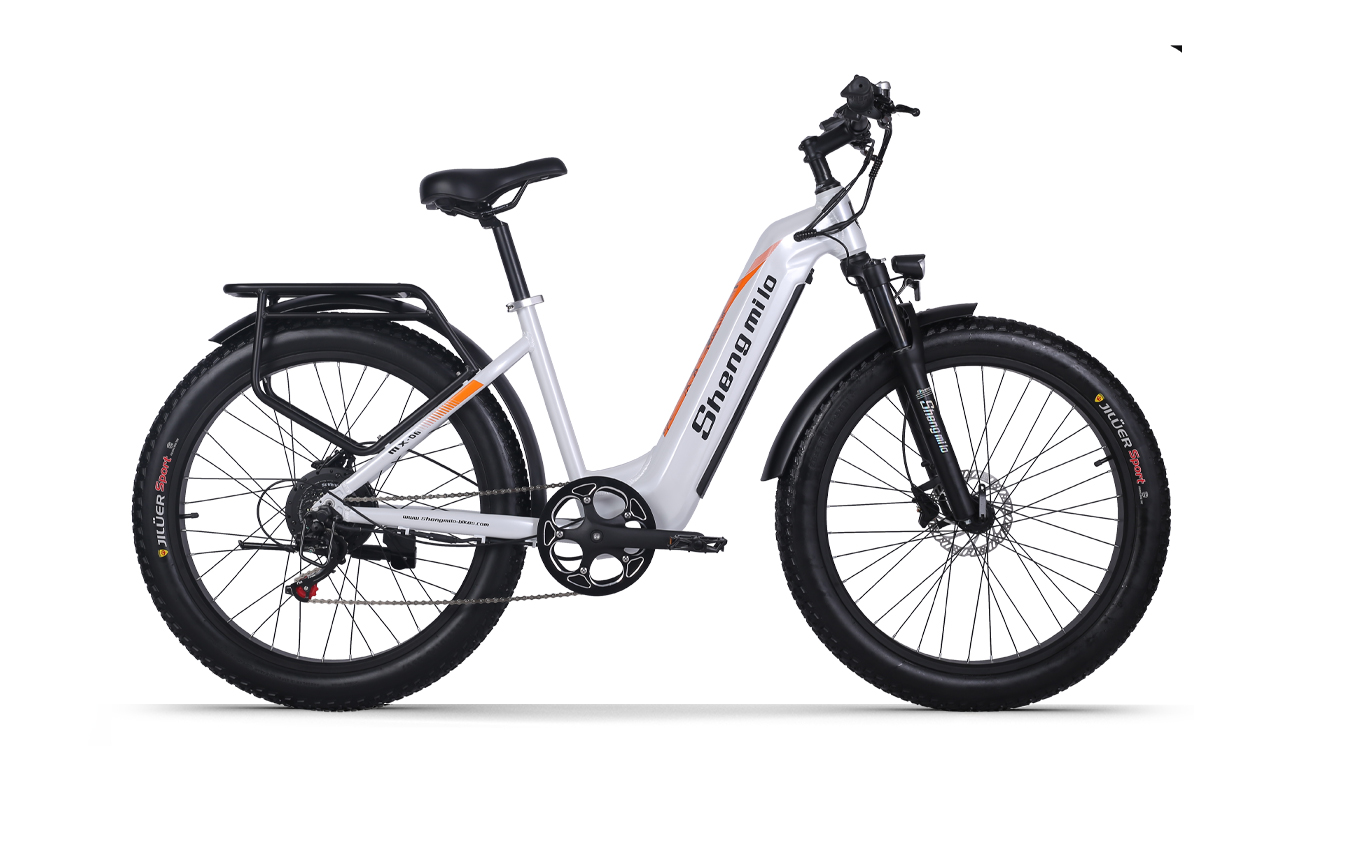
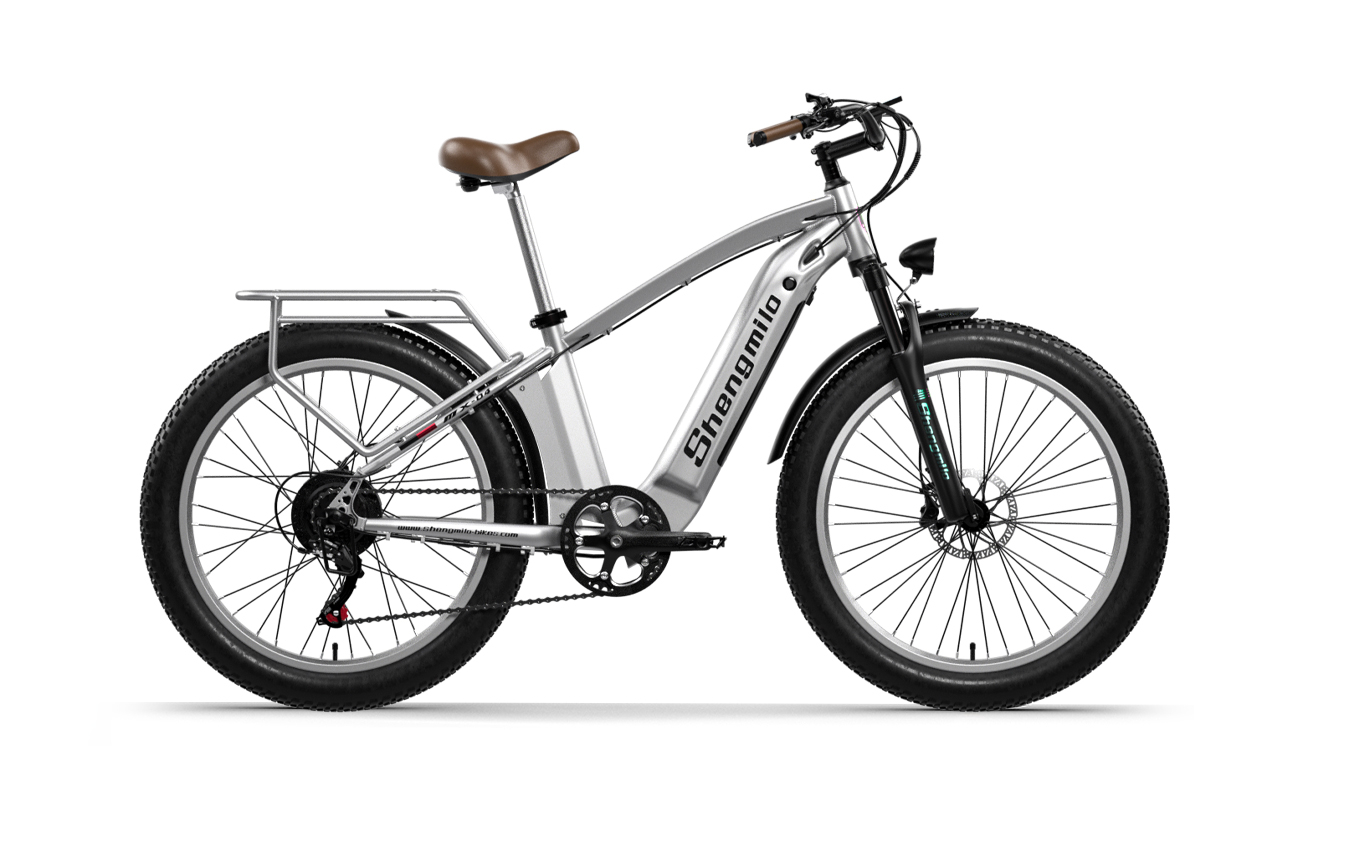
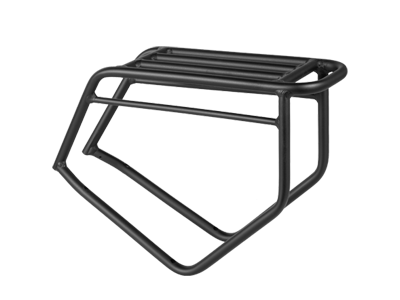
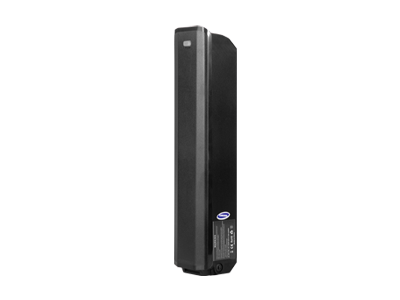
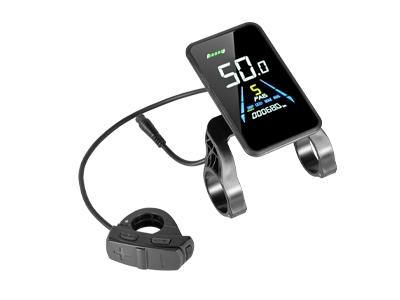
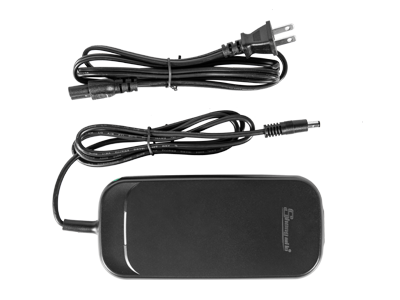
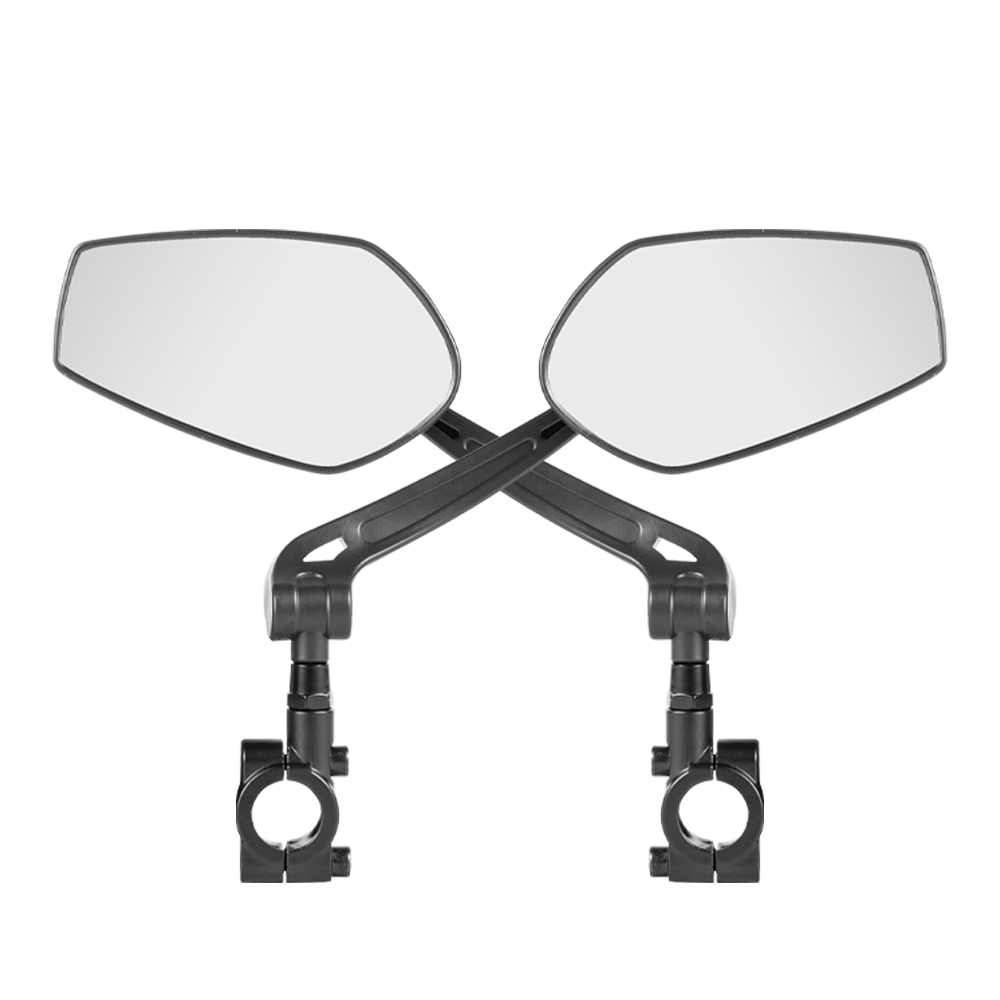
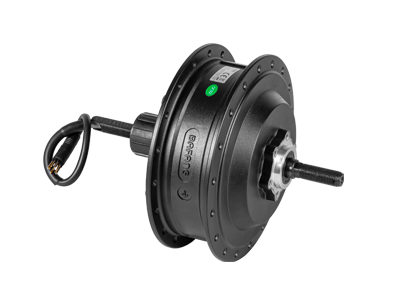
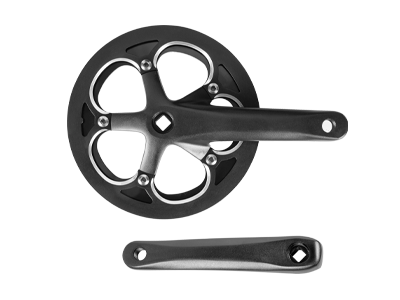
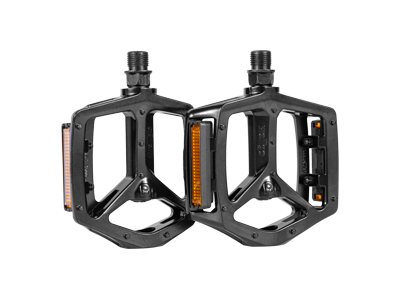
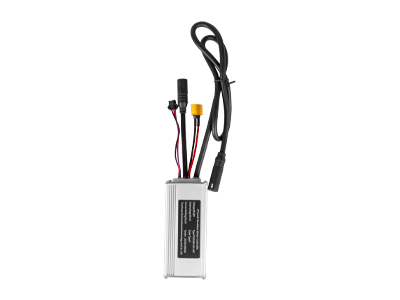
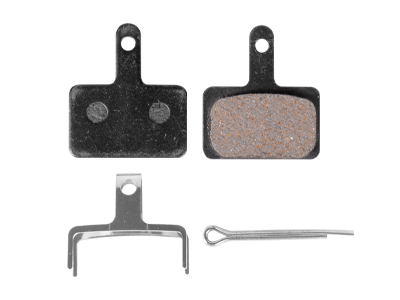
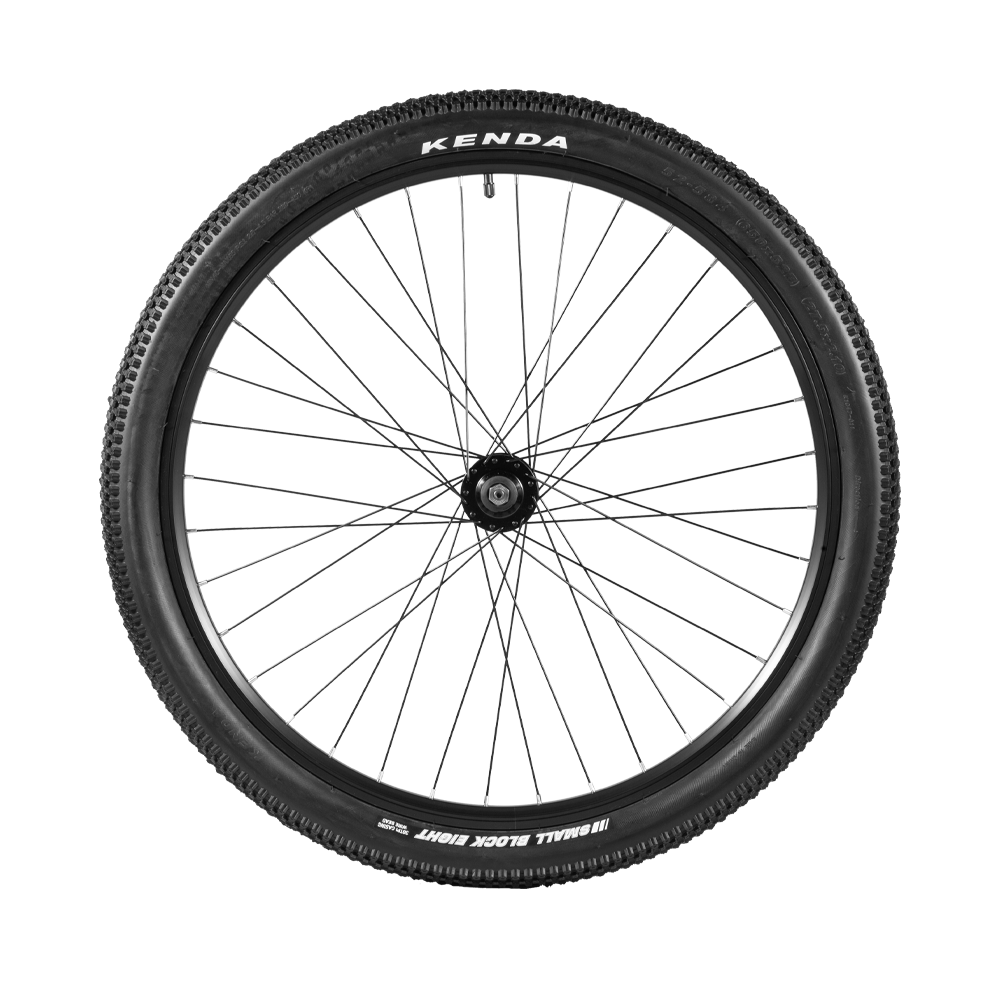






Leave a comment